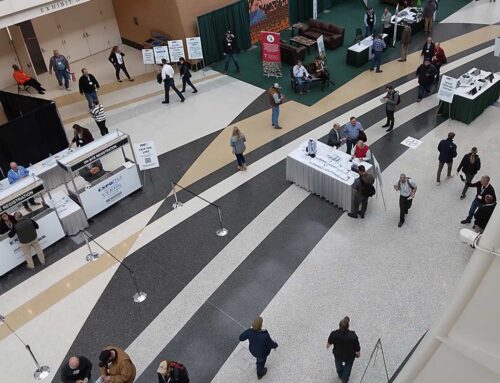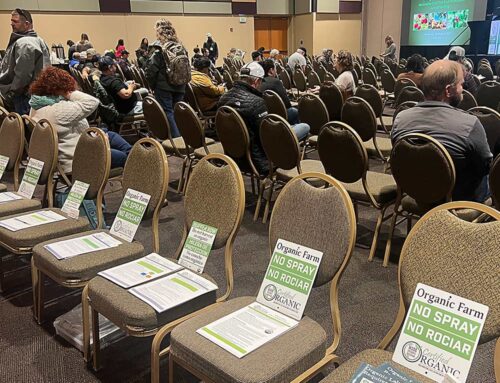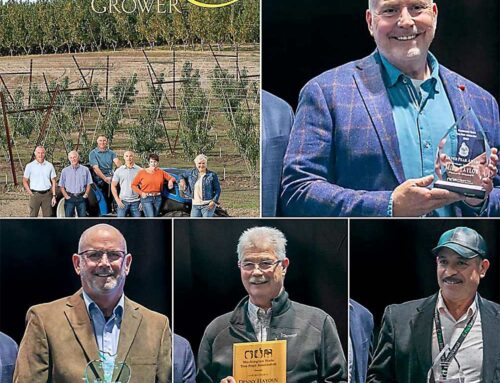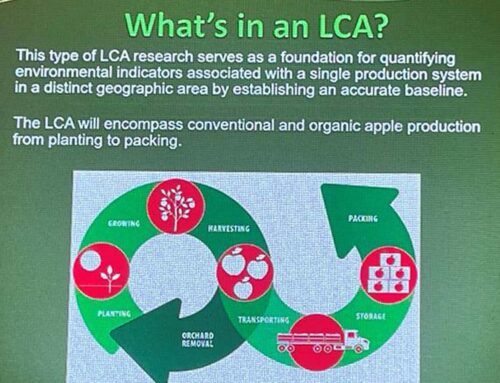The afternoon session “Leverage Technology to Increase Your Bottom-line” was a techie’s dream, as speakers addressed data security, weather statistics, geocaching and adjusting payroll systems mid-year for rest break pay changes.

Michael Liddicoat
Michael Liddicoat, a customer advocate for a corporate communication firm gave tips for data security, including virus prevention and backups, while a meteorologist used Ag Weather Net data to show just how hot it was in 2015. (Very hot, was the answer).
IT managers from several packing firms then shared about how they develop and use databases in operations from bin tracking, shipments, quality assurance and temperature readings, as well as the struggles getting all employees to believe the numbers.
“The answers are not in your data, the answers are in your people,” said Dennis Howell, director of planning for Stemilt.

Dennis Howell
—————–
“Northwest Fruit Crops: Cherries” session
The roller coaster continues for the Pacific Northwest cherry crop.
Growers harvested 19.3 million boxes in 2015, down from the record 23.2 million boxes in 2014, but BJ Thurlby of Northwest Cherry Growers is figuring on 20 million boxes this year.
The record heat of the 2015 season also meant a compressed harvest, with Rainiers and Skeena peaking on the same day.
Thurlby says he’s never seen so many varieties harvesting at once, which made for a challenge. Time will tell what 2016 will hold.
Little Cherry Virus also poses a challenge for growers, with significant losses reported in Washington in recent years.
Growers need to monitor their orchards each year, says Tim Smith, WSU Extension professor emeritus, “because when you catch it the first year, you can stop it. If you don’t catch it in the first two or three years, then you’ve waited too long.”

Tim Smith
Apple and grape mealybug are the vectors for Little Cherry Virus 2, which can also be spread through root grafts, but an active mealybug population does not have to be present for an infection, according to Andrea Bixby-Brosi of the WSU Tree Fruit Research and Extension Center.
Cherry color, size and taste can be good indicators of infection.
In cherry breeding news, researchers have found that three blush varieties are showing promise, says Dr. Ines Hanrahan, project manager for the Washington Tree Fruit Research Commission.
Current targets for the program are early varieties and late varieties, particularly those with mildew resistance.
– by Good Fruit Grower staff






Leave A Comment